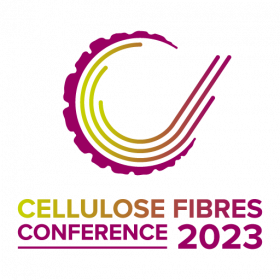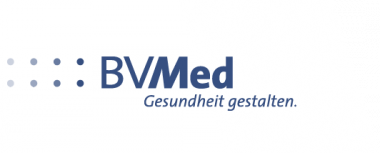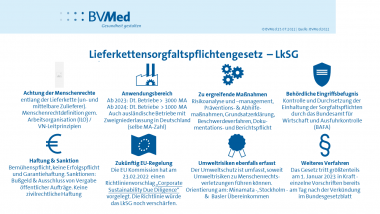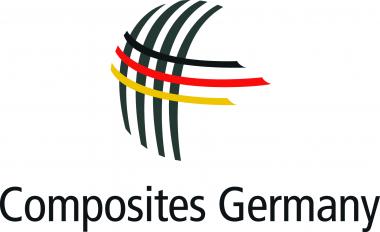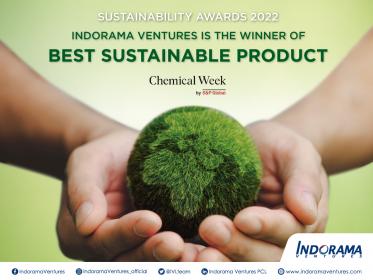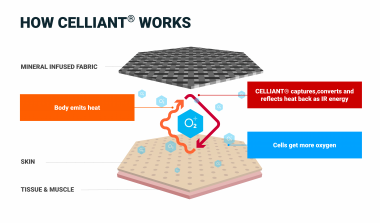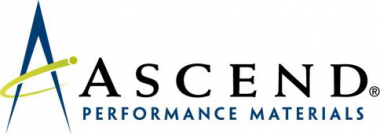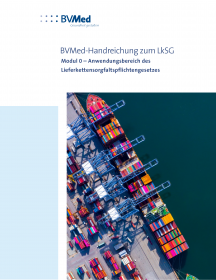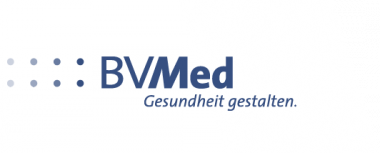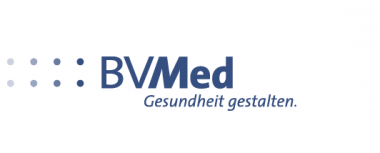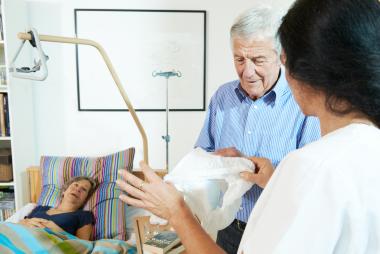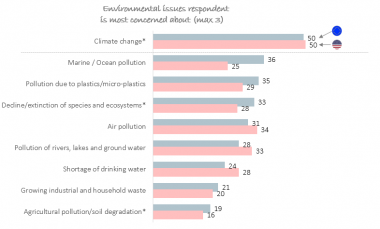Spendenaufruf der MedTech-und Pharma-Verbände für Erdbebenopfer
Die Medizinprodukte- und Pharma-Verbände BAH, BPI, vfa, Pro Generika, der PHAGRO, BVMed, SPECTARIS und eurocom unterstützen das Hilfswerk Medeor in der türkischen und syrischen Erdbebenregion. Gemeinsam rufen die Verbände zu Spenden auf. Neben gespendeten medizinischen Hilfsgütern sind insbesondere Geldspenden sehr willkommen. Mit ihnen können die Mitarbeiter von medeor gezielt die benötigten Produkte bedarfsgerecht in den betroffenen Gebieten bereitstellen.
Das Erdbeben in der Region rund um die türkisch-syrische Grenze ist nun gut eine Woche her. Viele Helfer und Helferinnen haben vor Ort bereits mit angepackt. Auch das Medikamenten-Hilfswerk Action medeor ist mit seinen Partnern bereits vor Ort, hat die letzten Tage aber auch genutzt, um alle Wege für medizinische Hilfe in der Region zu ebnen.
Deutschland leistet humanitäre staatliche Hilfe in dieser Notsituation, um den Betroffenen zu helfen. Die Türkei meldet nunmehr Bedarfe zuverlässig über den EU-Krisenmechanismus (UCPM).
Neben gespendeten medizinischen Hilfsgütern sind insbesondere Geldspenden sehr willkommen. Mit ihnen können die Mitarbeiter von medeor gezielt die benötigten Produkte bedarfsgerecht in den betroffenen Gebieten bereitstellen. Als Notapotheke der Welt kauft und sammelt action medeor Arzneimittel und andere medizinische Produkte und versendet diese über qualifizierte Partner an Verteilerstationen, Krankenhäuser, Pflegestationen oder Ärzte in von Krisen betroffenen Ländern.
Wenn Sie mit Produktspenden helfen wollen, wenden Sie sich bitte mit Ihren Angeboten an noelia.martinez@medeor.de.
BVMed | Bundesverband Medizintechnologie e.V.





